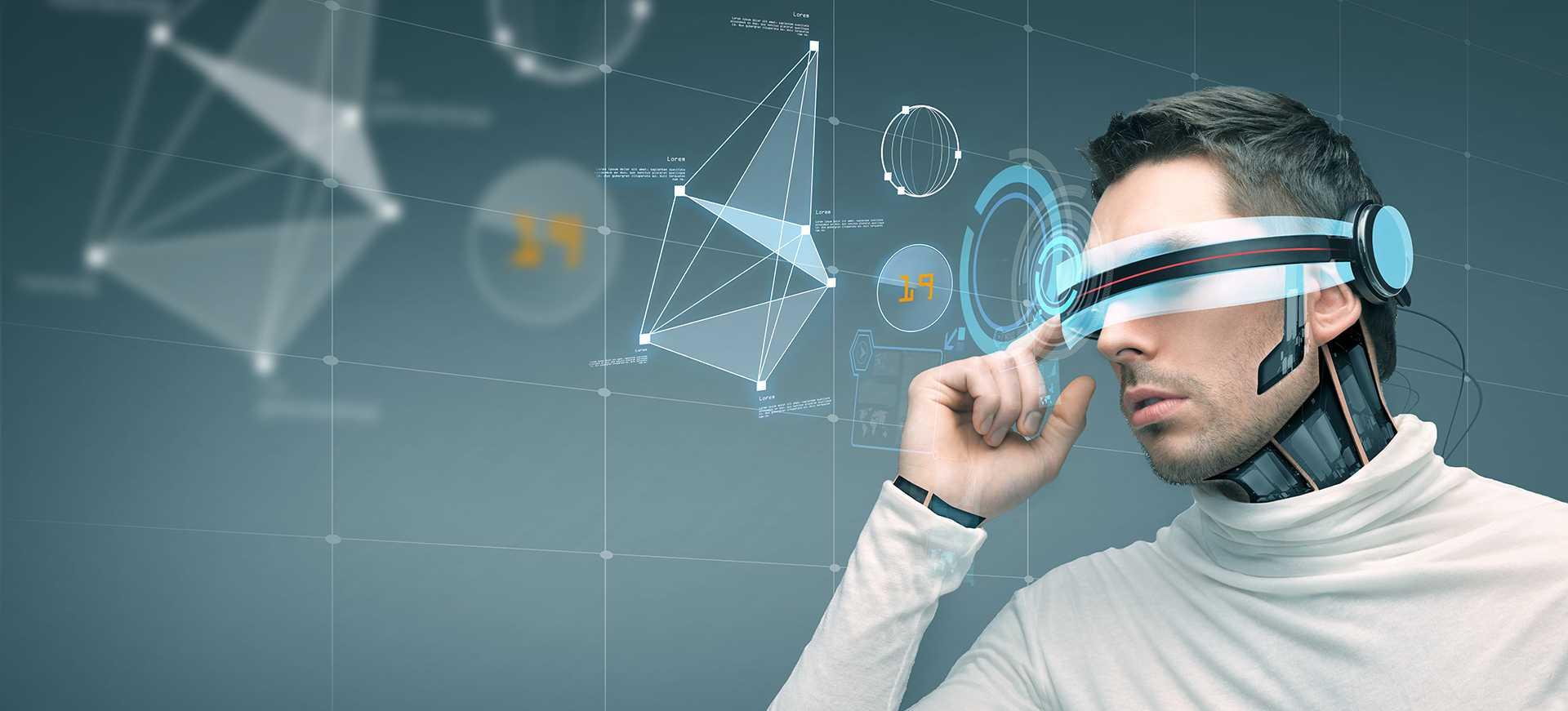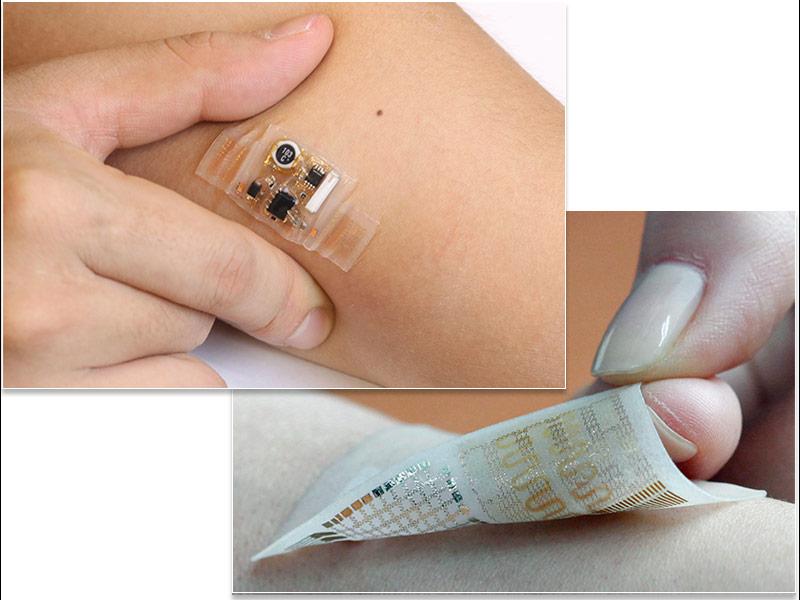Wearable technology continues to surprise and fascinate us with the latest it has reached. In these times, where technological developments are gaining momentum, wearable technology products are also frequently mentioned with their varieties. They manage to attract attention with their different types, having various features and functions.
While making use of technological products in almost every field, it is of course expected that wearable technology will develop. Smart watches, electronic clothing and smart glasses, which have already started to be among today's needs, are the most well-known examples of wearable technology.
Also See: A 3-Deck Aircraft Focused on Sustainability: Sky Whale
What is wearable technology? How did it come about?

Wearable technology is a general name given to each wearable technological product developed by humans. This could simply be a smartwatch or a smartwatch that measures your heart rate. They have different functions with their various features and forms.
Wearable technology actually has a much more distant past than you might think. It starts with people dividing their time into certain sections and wearing watches to measure and understand time. Especially in 1500, Peter Henlein, a German inventor, takes a step in wearable technology by designing an interesting watch. He designed the watch in the form of small clocks worn as pendants.
A century later, men began to carry these watches in their pockets. In this case, pocket watches appeared. In fact, the use of wrist watches in today's sense was only possible at the end of the 1600s. However, today there are smart watches that do much more than just a wristwatch.
Various Uses of Wearable Technology

Wearable devices take their place in our lives as one of the biggest benefits of technology, which has started to take its place in almost every field. Although smart watches and glasses are among the most well-known examples, it actually manages to make a name for itself in many areas.
It receives great acclaim, especially with its products that have made many revolutionary developments in the field of health. Wearable technology, which is mostly used to monitor the health movements of the person, collects a large amount of data about the person. They respond to heart rate, detecting disturbances in rhythm, calories burned, seizures, and even the release of some biochemicals.
At the same time, it has become possible to do many of these with devices such as Apple Watch, Samsung Galaxy Gear in recent years. With devices with various functions, information about stress levels can now be obtained, as well as a quick follow-up on the activity of the person's health level. In addition, wearable technology products are also used to measure the level of alcohol in the blood.
Today, wearable devices are not only preferred for personal health monitoring. At the same time, there are serious support and demands for use in corporate health and wellness programs to follow the health routines of patients. This increasing interest in institutions and personal monitoring brings security problems to the agenda.
Wearable technology offers tracking and real-time feedback applications for professional athletes. In this way, accelerometers or pedometers can be detected, which can be used to measure an athlete's energy expenditure and movement pattern. Moreover, these smart devices also include GPSs.
Continuing to attract attention with new usage areas

The product, which is placed in the epidermis or the outermost layer of the skin, also called epidermal electronics, which emerges as a new area of use in wearable technology, draws attention. These wearables constantly monitor both skin and subcutaneous physiological and metabolic processes. For this, it is mounted directly on the skin. Epidermal electronics is still very new, so it is currently under development in the fields of fitness and medical monitoring.
On the other hand, wearable technology has spread to the entertainment industry, creating new ways to experience digital media. Especially virtual reality headsets and augmented reality glasses lead the way in wearable products in the entertainment industry. At the same time, the use of these virtual reality headsets and augmented reality glasses is used not only in the gaming and entertainment industry, but also in the field of medicine and education.
Wearable technology continues to grow and evolve, with new forms and functions suitable for all body parts, from watch-shaped necklaces, cameras placed on birds, and smart rings. In wearable technology, which also finds its place in the field of fashion, clothes have become an interface mediated by digital technology.
Especially the availability of some wearable devices called E-textiles fascinates people. It uses a combination of textiles (fabric) and electronic components to create a wearable tech suit. The most striking example of these products, also known as smart textiles and digital textiles, took place on the famous model Bella Hadid recently. This special dress, which was dressed on Hadid by spraying and as a special component, amazed those who saw the point that wearable technology has reached.
Wearable Technology Market Is A Growing Sector

According to the data in 2021, Wearable devices are proving to be an industry that shows serious breakthroughs in the market point. At the same time, according to the report published by Staista in 2019, wearable technological products such as bluetooth headphones or activity trackers, smart watches are increasingly finding their place in daily life.
The biggest share in this field is in bluetooth headphones. Then come fitness trackers and smart watches. On the other hand, on the functionality of smart watches, experts in the field foresee further development and making them more functional.
Currently, wearable technology products help humanity in almost many ways. It can measure heart rate, sweating, temperature changes, even muscle activity and body fat composition. However, it is estimated that in the future, each change in the body can be measured by increasing the number of sensors that interact with the body. It is predicted that wearable technology products can help with data storage and processing in many subjects such as blood sugar, the amount of minerals passed through the kidneys and even the amount of vitamins taken through food.





No comments yet for this news, be the first one!...